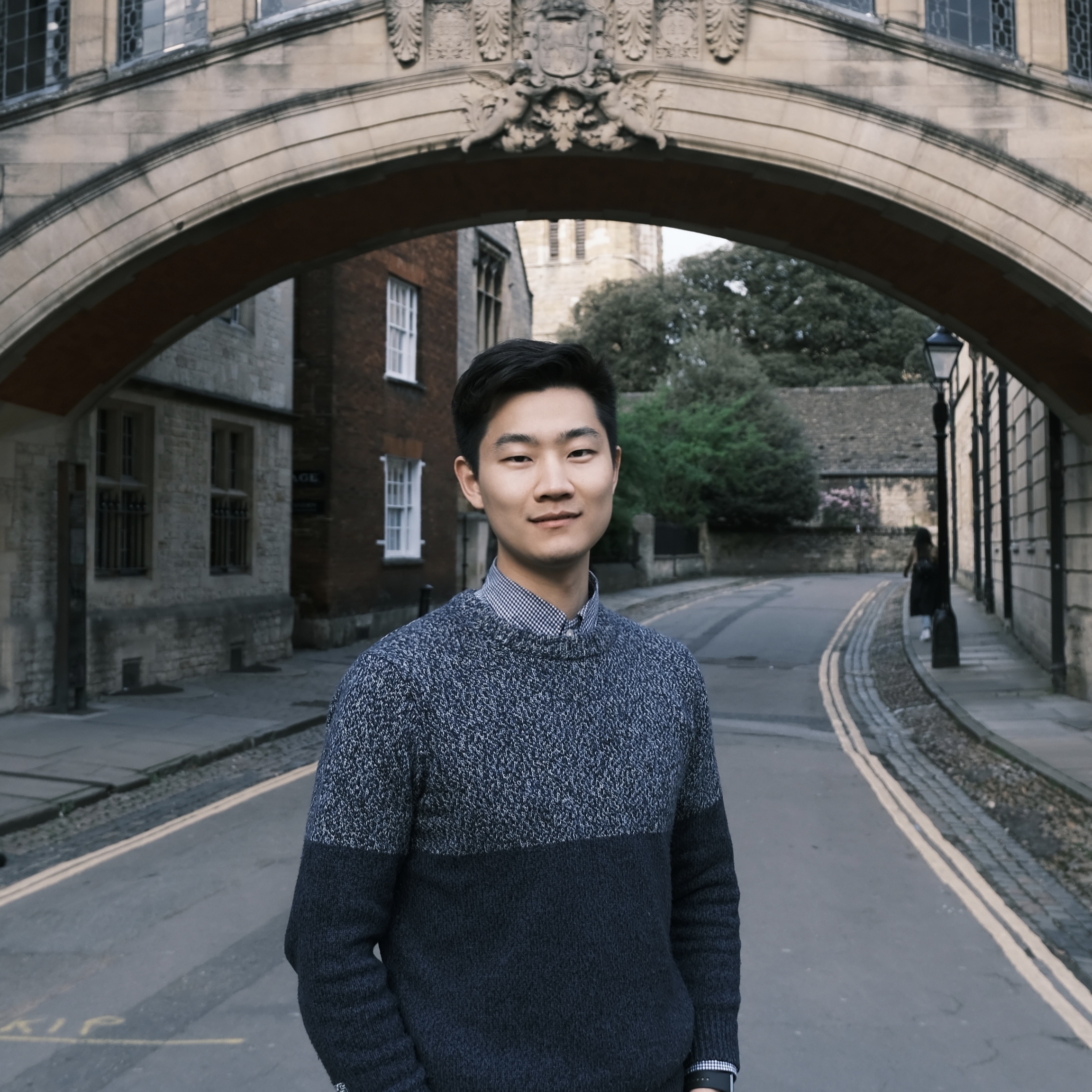Cited By
View all- Wang CTang XZhai DZhang RUssipov NZhang Y(2025)Energy-Efficient Federated Learning Through UAV Edge Under Location UncertaintiesIEEE Transactions on Network Science and Engineering10.1109/TNSE.2024.348955412:1(223-236)Online publication date: Jan-2025
- Liu SJin HTang ZZhai RLu KYu JBai C(2025)Adapter-guided knowledge transfer for heterogeneous federated learningJournal of Systems Architecture10.1016/j.sysarc.2025.103338(103338)Online publication date: Jan-2025
- Yu SXia XZhang ZHou NZheng YShu YLiu JTan RHe YChen J(2024)FDLoRa: Tackling Downlink-Uplink Asymmetry with Full-duplex LoRa GatewaysProceedings of the 22nd ACM Conference on Embedded Networked Sensor Systems10.1145/3666025.3699338(281-294)Online publication date: 4-Nov-2024
- Show More Cited By




